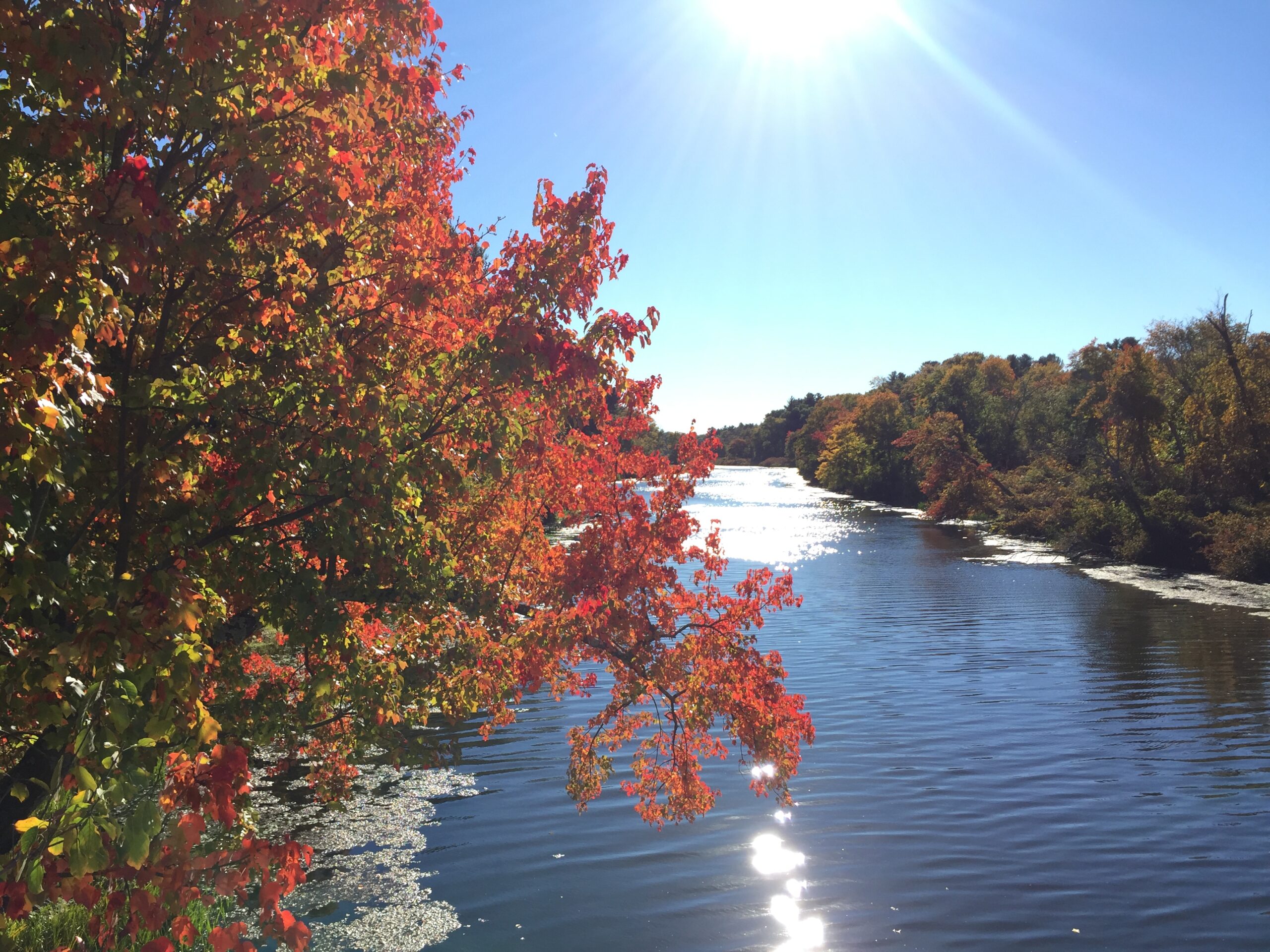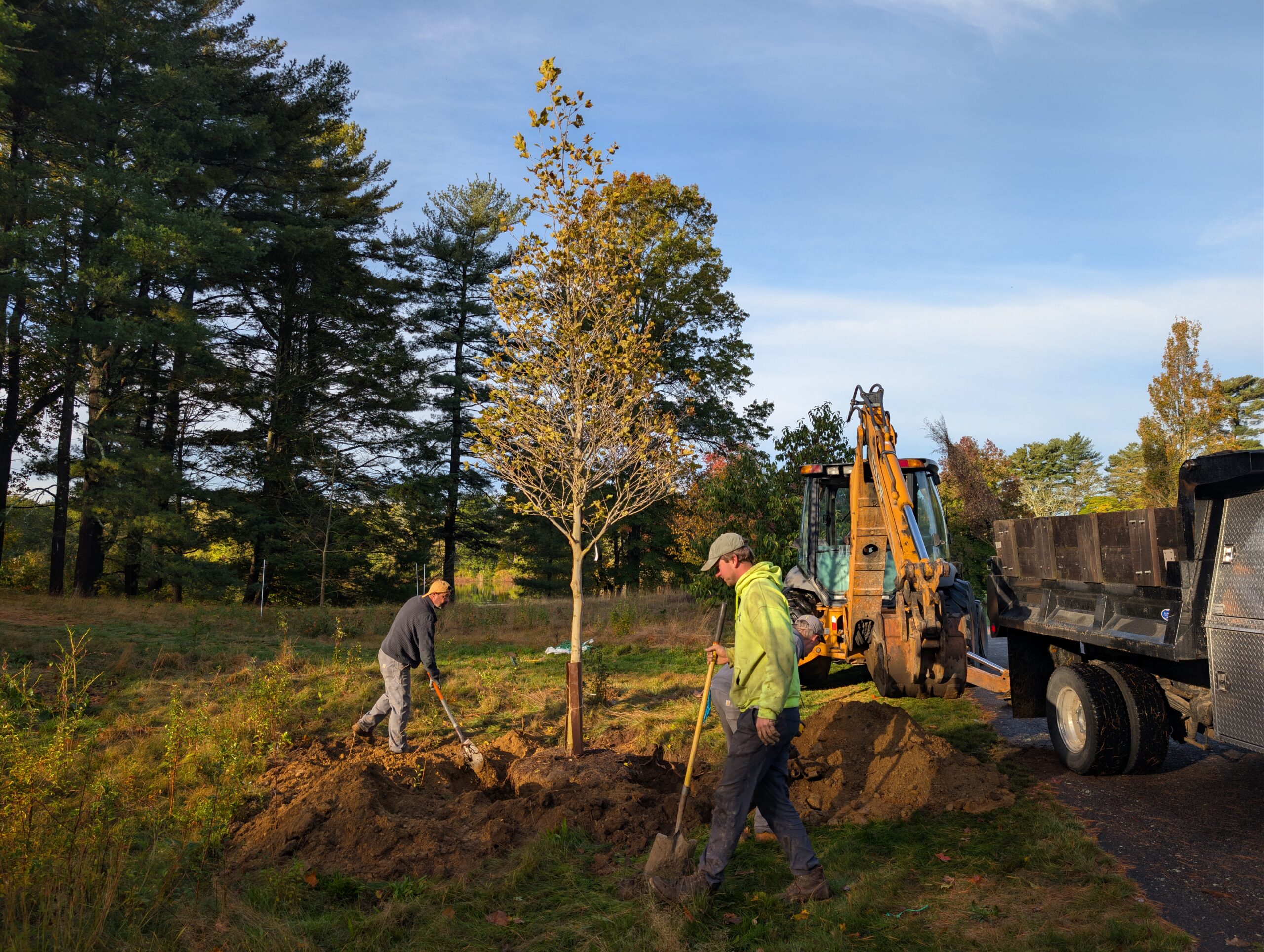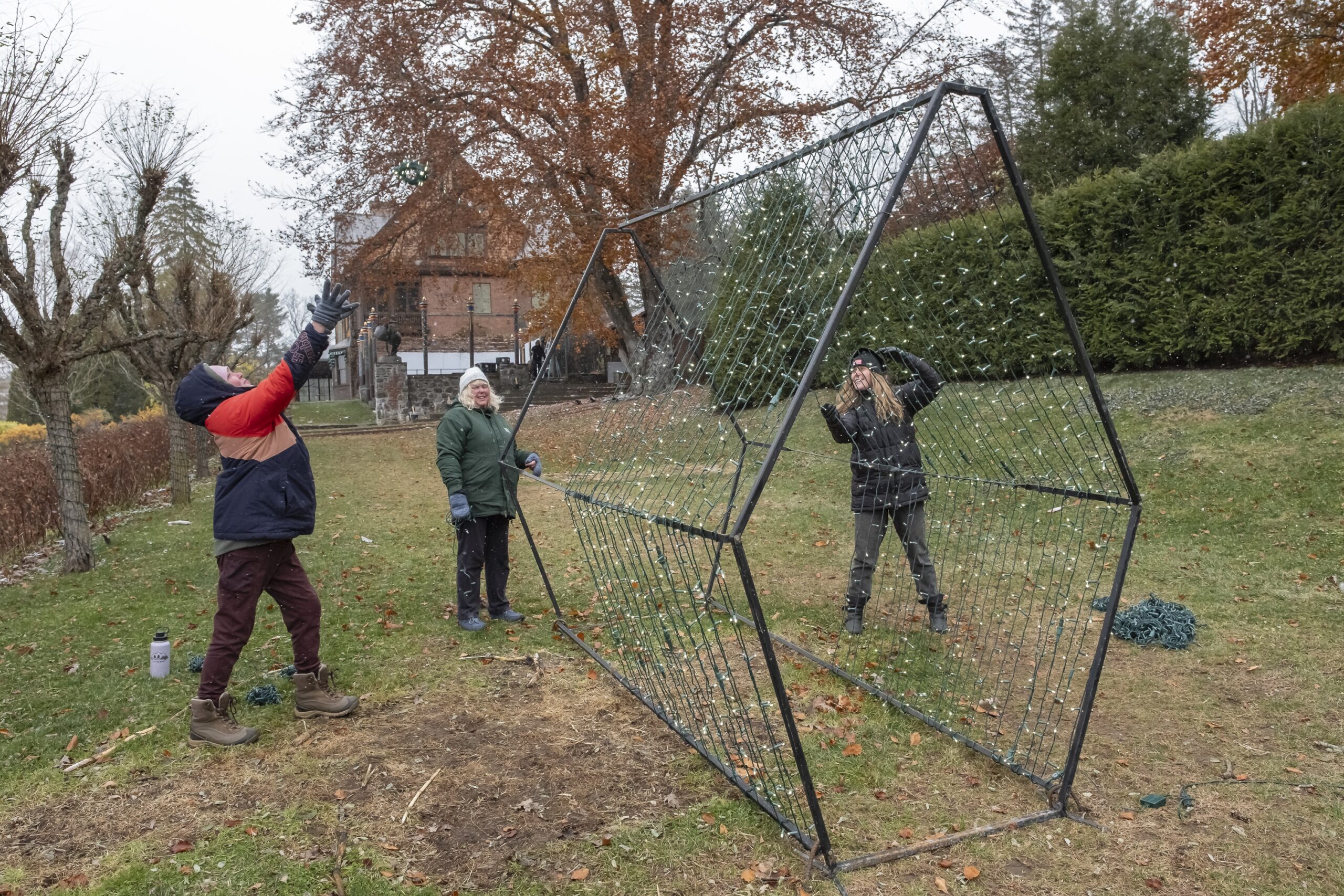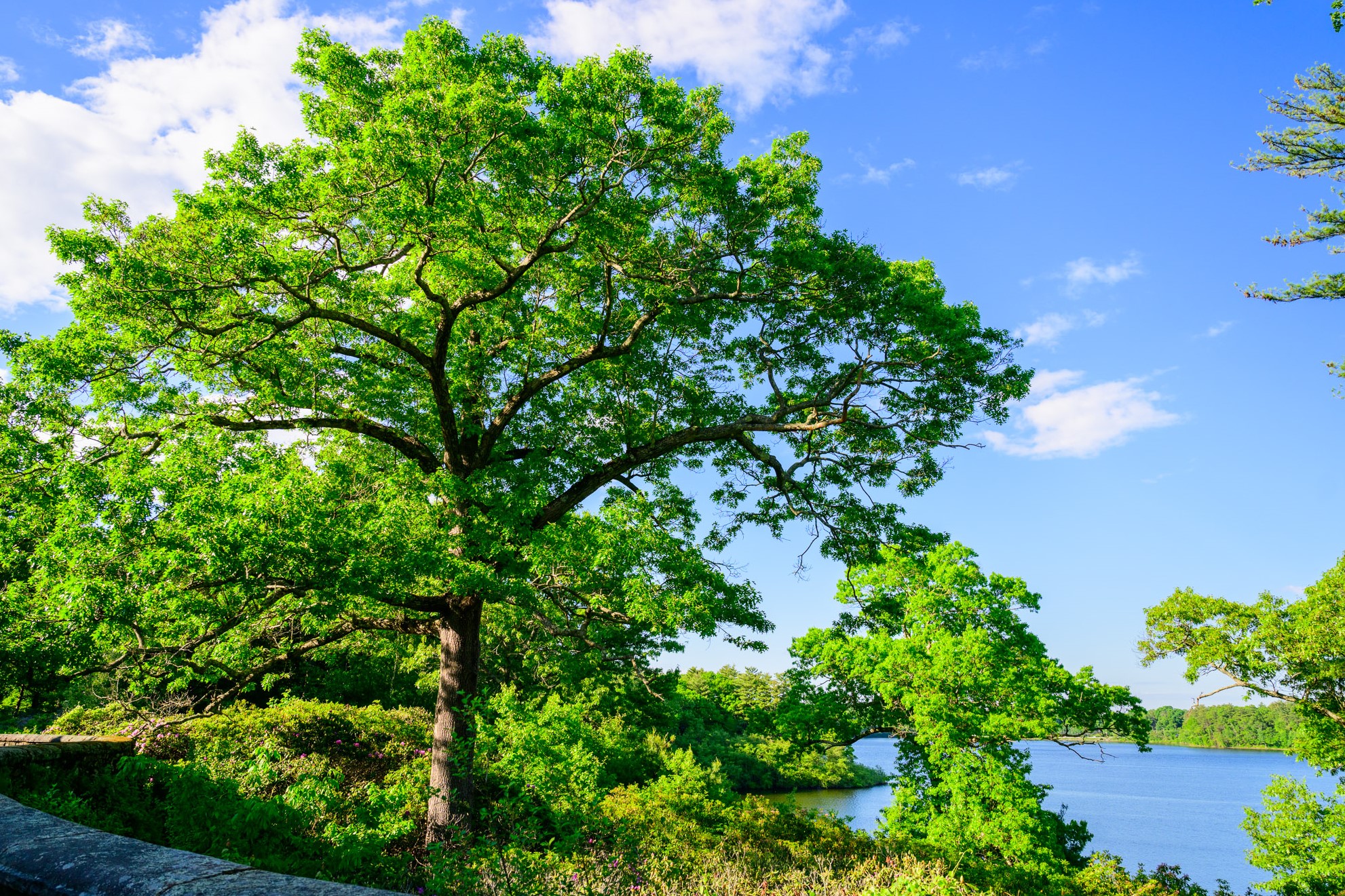
© Krista Photography
Nestled in Beverly along the shores of Wenham Lake, Moraine Farm entices nature enthusiasts, history buffs, and horticulturalists alike to explore its captivating charm. This special place is now open to visitors following a recent acquisition of over 60 additional acres and ensuing improvements by The Trustees for public access.
“Whether it is the incredible views of Wenham Lake, the perennial garden, rustic stone walls, the seasonal pops of color, there is always something to discover,” said Pilar Garro, Trustees Property Director for Moraine Farm. “Between the designed landscape elements from Frederick Law Olmstead and farmland, there is something for everyone.”
With such diverse acreage, there’s plenty to tempt visitors of all interests whether it’s for a quick trip after work or an entire day spent exploring every nook and cranny.
Hike the Carriage Paths and Trails
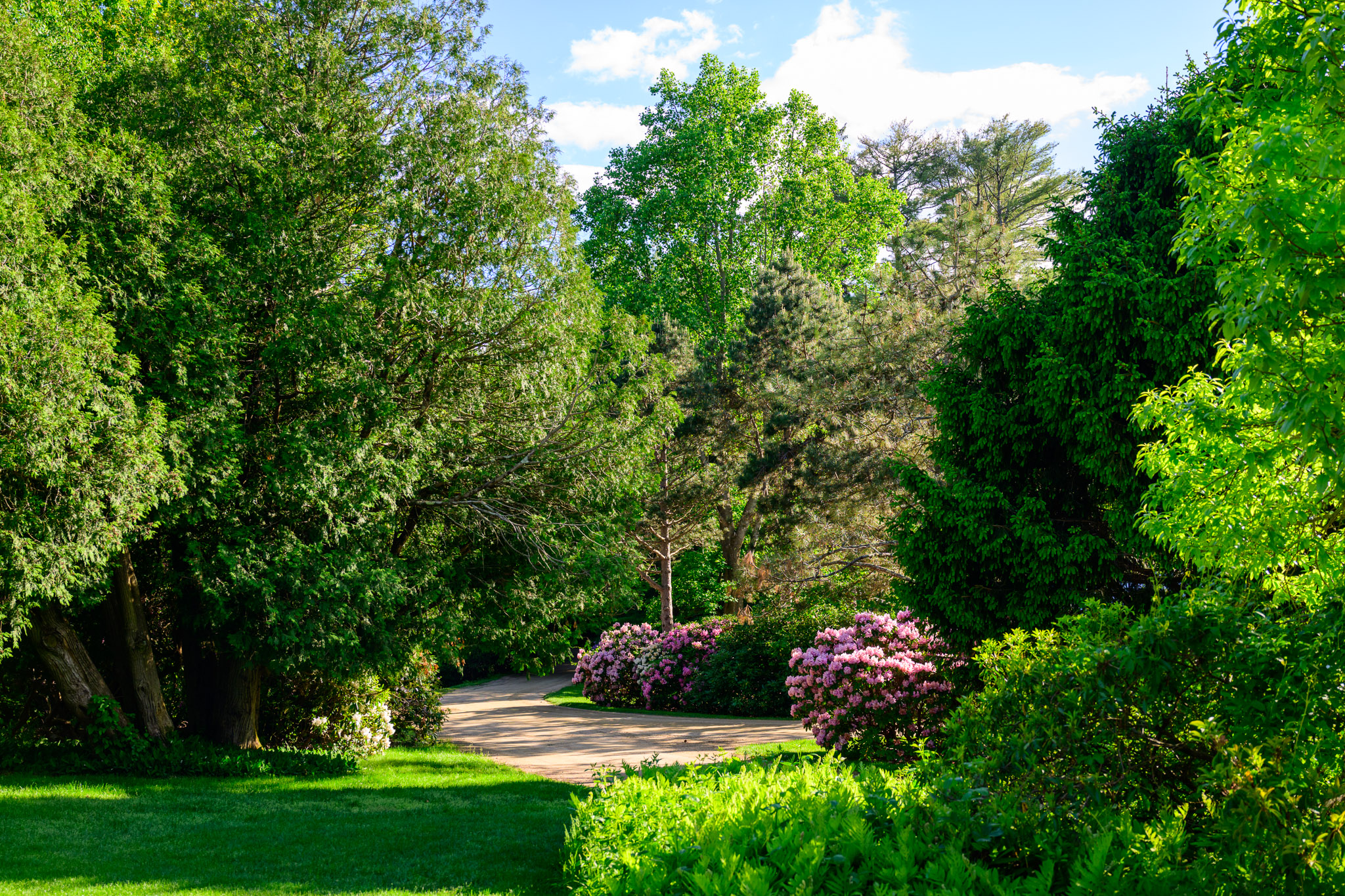
© Krista Photography
Moraine Farm’s designer, Frederick Law Olmsted, believed that landscapes were meant to be experienced rather than viewed from a single overlook. So, one of the best ways to get to know Moraine Farm is by strolling along its carriage paths and trails.
New features are revealed with each bend in the road, including towering hedges, sweeping lawns, acres of coniferous forest, babbling brooks, and meandering stone walls. It all creates ‘passages of scenery’ using the existing topography and site conditions to enhance the beauty and sense of place.
“Walking the property is an excellent way to experience the namesake banded hills of glacial stone adjacent to Lake Wenham,” said Jeremy Dick, Trustees Senior Regional Stewardship Manager for the North Shore Region. “The carriage road system is delightful, providing access to woodland, swamps, and fields, and revealing planned views at key turns along the way.”
While meandering the paths is a great way to spend your visit, don’t forget about the adjacent John C. Phillips Nature Preserve. Owned by the City of Beverly, multiple trails connect the two areas and offer gorgeous vistas of Wenham Lake.
Dive into the Olmsted History
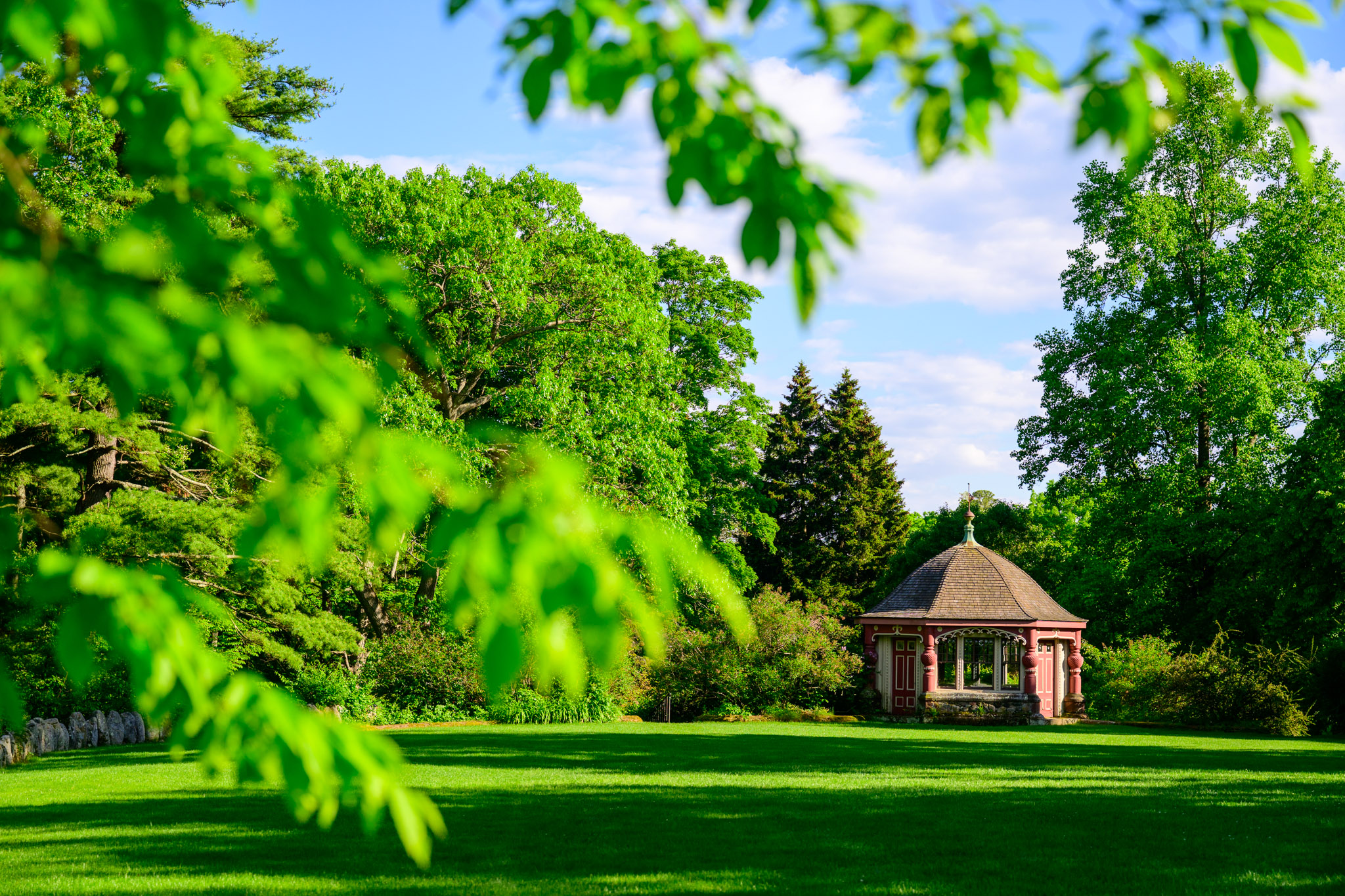
© Krista Photography
Originally designed in 1880, Olmsted integrated the latest advances in farming and forestry with a landscape of leisure. Now, Moraine Farm is hailed as “the finest existing example of [his] approach to planning a country estate” by scholar Charles E. Beveridge.
Taking its name from a low ridge of glacial debris, called a moraine, this unique topography is integrated into the lawns, hedges, stone walls, and meadows. These are ideas and elements Olmsted would echo and embellish in future projects like the famous Vanderbilt Estate, ‘Biltmore’, in Ashville, NC which uses similar design principles.
Today, visitors can uncover the property’s rich history, starting as the traditional homeland of the Massachusett tribe, to its purchase by John C. Phillips in 1879 and subsequent Olmsted design, to its current iteration co-owned by The Trustees and the Cape Ann Waldorf School as part of a groundbreaking partnership.
During your trip, don’t forget about the shingle-and-stone Main House designed by Boston architects Peabody and Stearns. While sometimes closed to the public for events (please be respectful and follow the posted signs), visitors might be able to explore the massive stone terrace facing the lake and the nearby flower garden.
Admire the Diverse Horticulture
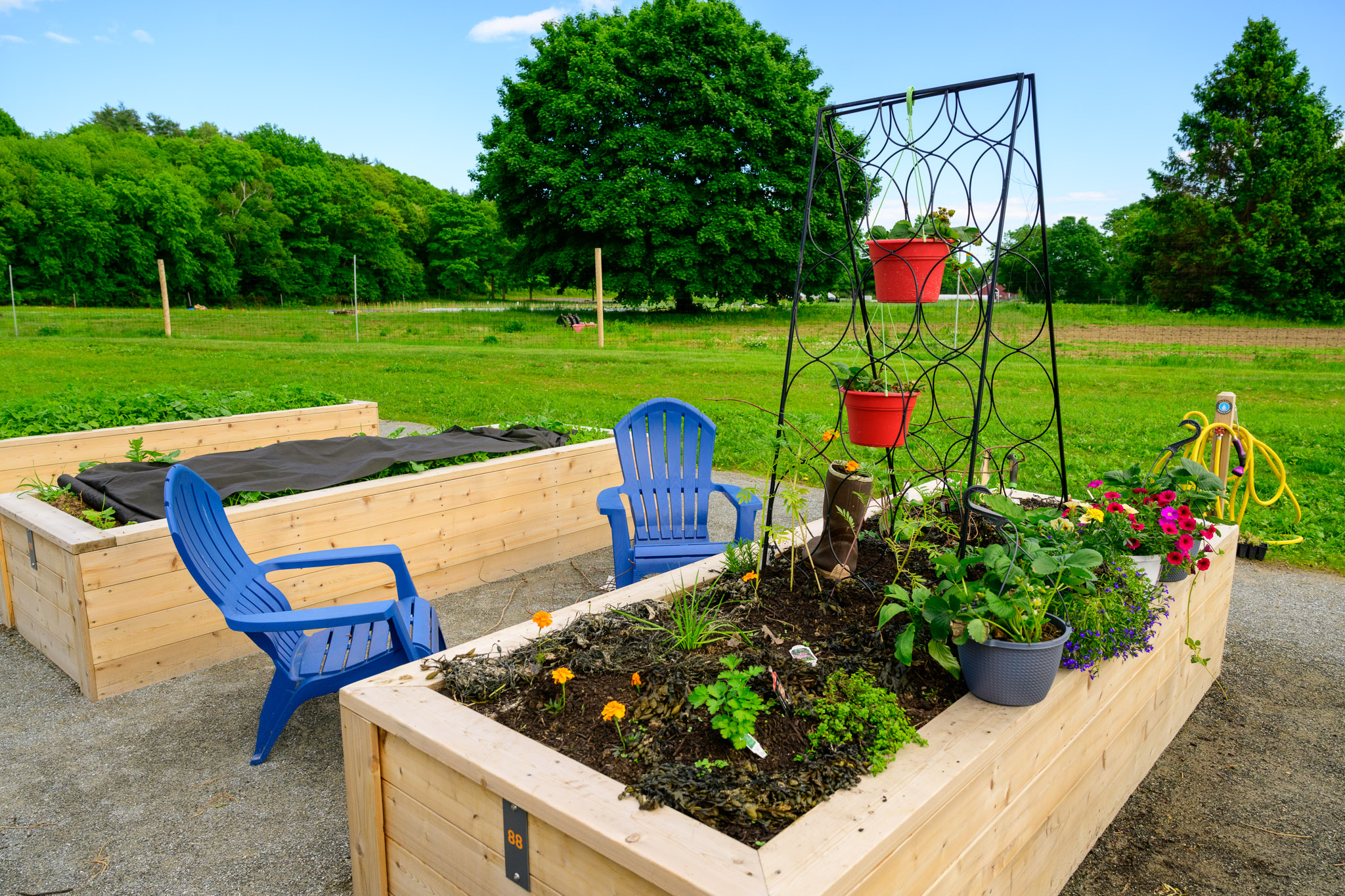
© Krista Photography
One of the first features you’ll notice when pulling in for your visit is the Moraine Farm Community Garden. Around 90 garden plots growing food, flowers, native plants, and pollinators are tended by Beverly residents, many of whom transitioned from the City’s Cole Street Garden to this newly constructed space.
“It has been exciting to see how the plots are evolving week after week, some with an abundance of flowers and others with a variety of fruits and vegetables,” said Garro. “Watching the garden come to life is worth visiting repeatedly.”
Entry to the gardening plots themselves is restricted, but all visitors are welcome to walk around and enjoy the beauty of the community garden. While doing so, you can also admire the sixteen acres of farm fields that abut the community gardens and parking area.
Currently farmed by New Entry Sustainable Farming Project—an initiative of Tufts University’s Friedman School of Nutrition Science and Policy—the fields help strengthen local food systems by supporting new farmers, adding to an already diverse array of cultivation at Moraine Farm. Access to the fields is restricted, but visitors can still view the farm fields from a safe distance.
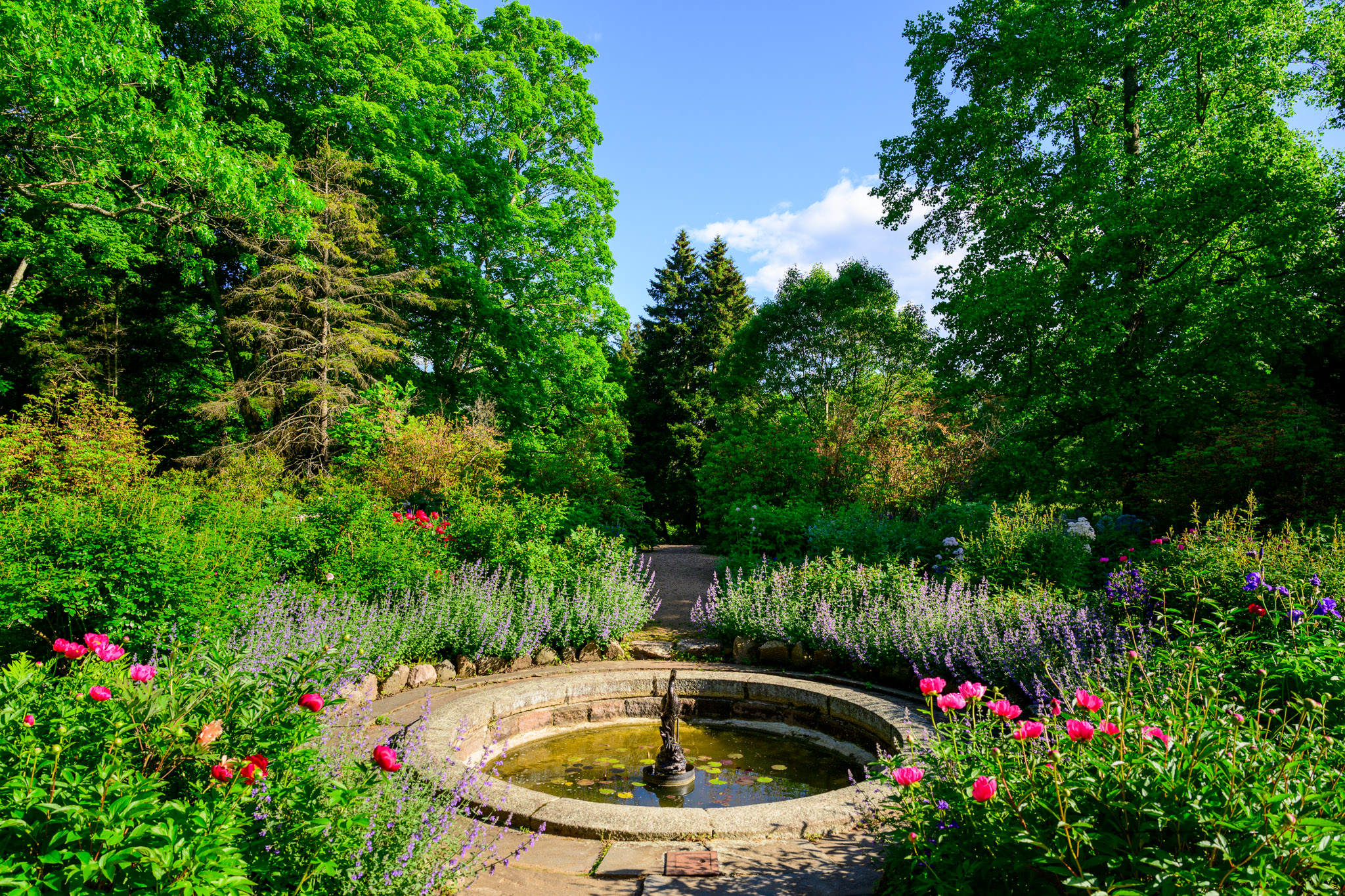
© Krista Photography
Capping off your horticultural tour, follow the walking trails to the estate’s cultivated gardens. Tucked behind a pavilion overlook, this flower garden has always served as the source of cut flowers for the Main House. It’s worth noting that the gardens are also utilized as an event space, so please follow any posted signs limiting access.
No matter what features stand out to you, plan your trip to Moraine Farm and experience these diverse elements.
